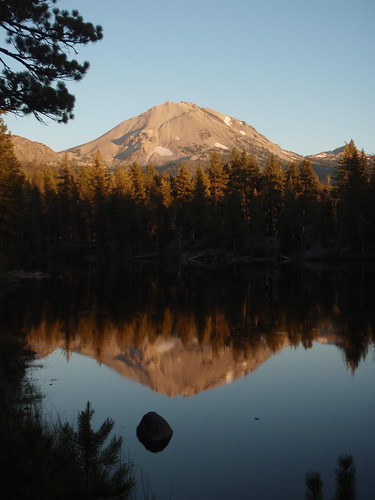This fall I discovered natural history courses offered through the Biology department at Merritt College in Oakland. In my last blog post,
Lassen Volcanic National Park Field Trip, I wrote about my experience. If you are into hiking, camping, fishing, adventure travel etc., these classes are great opportunities to learn about the natural world around you.
Ever wonder what kind of wildflower that is blooming along the trail? Or what kind of bird that is you always see wading on the shore? These are excellent classes to take to answer your questions, and because they are offered through the community college system, they are open to anybody and are often offered nights and weekends. Unfortunately, these classes are on the chopping block. Enrollment needs to increase or they will be eliminated.
Also at risk of landing on the chopping block, Merritt College has an Environmental Science and Technology department. It offers certificates in:
- Fundamentals of Environmental Management: Stewardship and Ranger/Naturalist
- Greening the Urban Environment
- Agroecology
I believe these programs are very unique at the community college level, and a great opportunity for students that can’t afford the exponentially exploding university fees to earn credit towards a degree in environmental studies.
This semester Merritt is offering the following courses:
- Natural History of Maritime Provinces and Newfoundland (BIOL 48OZ)
- Bird Songing: The Ecology of Bird Songs/ID By Ear (BIOL 80B)
- Introduction to Sustainable Systems (ENVMT 2)
- Introduction to Ranger/ Naturalist Outdoor Education (ENVMT 8)
- Introduction to Urban Argo Ecology (ENVMT 35)
- Special Projects in Ecological Planning, Implementation and Maintenance (ENVMT 50)
- Sustainable Projects (ENVMT 501)
- Environmental Photography & Photo Monitoring I (ENVMT 210A)
- Environmental Geology (through the geology department) (GEOL 12)
For more information visit the following links:











